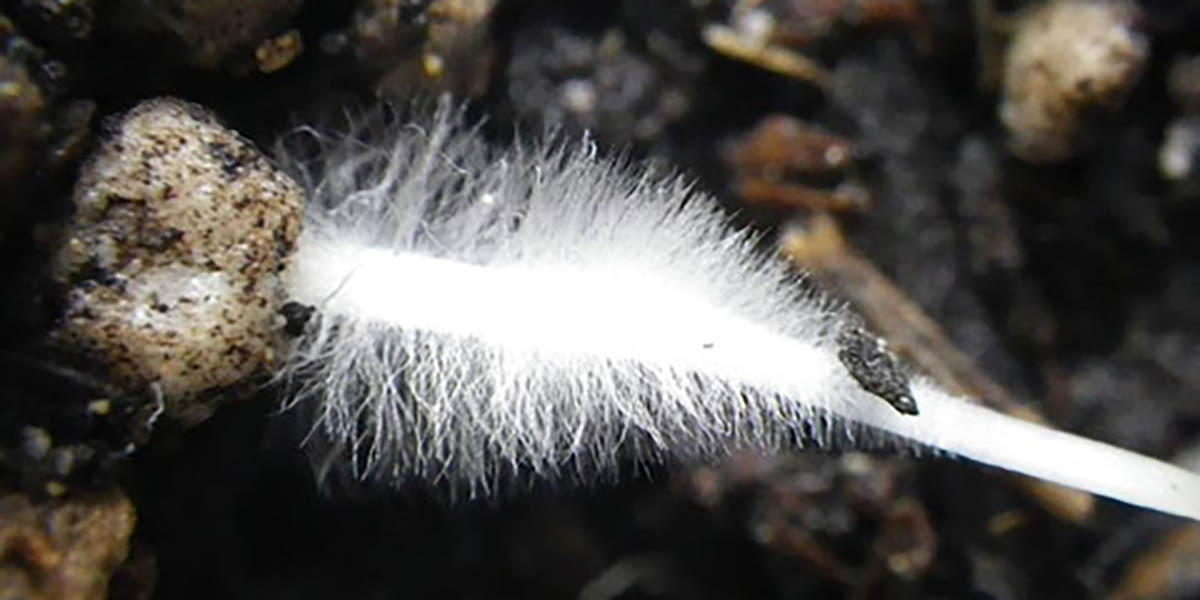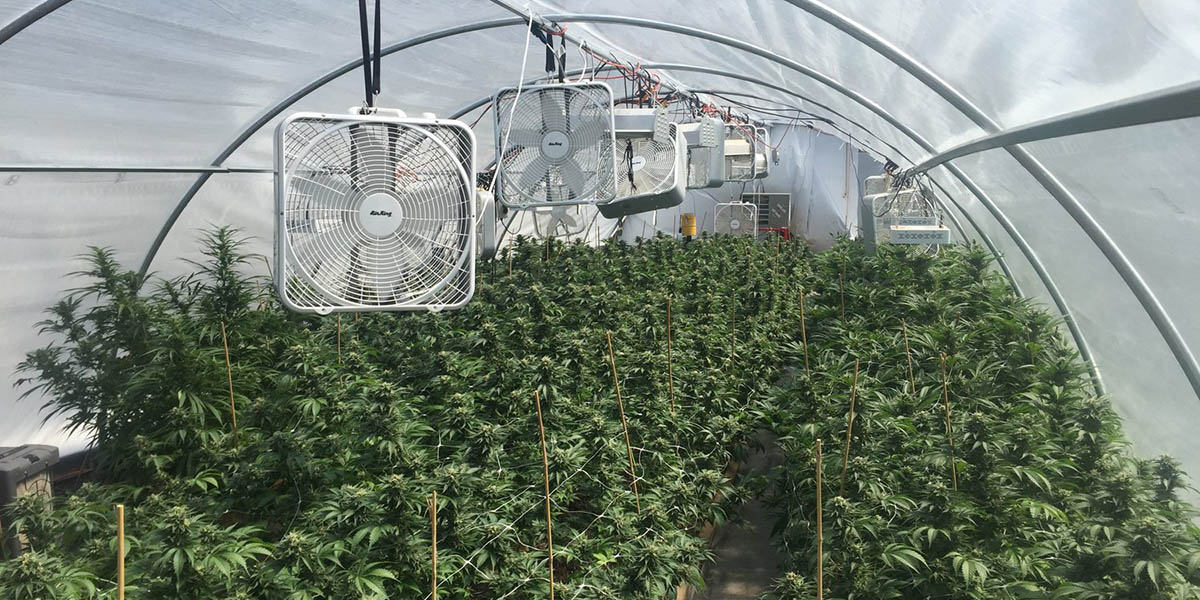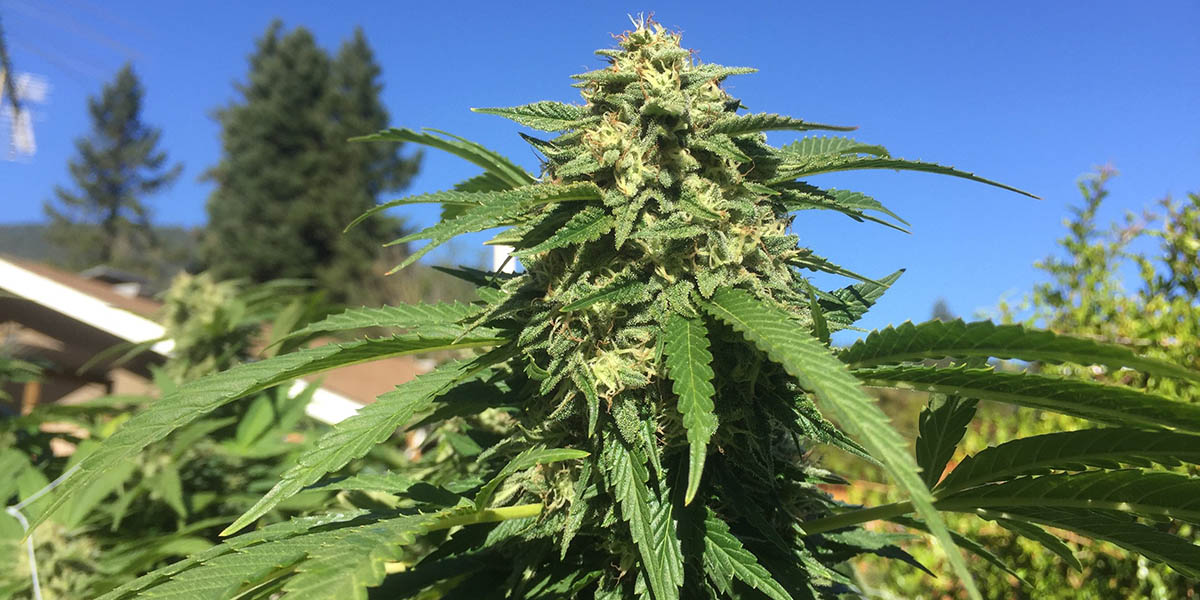Eating the Hand that Feeds You: Rhizophagy and Plant Nutrition
Those crazy scientists have done it again, throwing generally accepted theories of life science out the window. A group of Australian researchers have shown that plants are able to consume whole bacteria and yeast cells. Prior to this, our understanding of the root/microbe relationship revolved around the idea that microbes provided nutrition to plants. Bacteria can make nitrogen available, as well as solubilize phosphorus, potassium and micronutrients into forms that are plant friendly. Fungi perform a similar role, directly transporting nutrients and water into plants via the mycorrhizal networks. These mechanisms are pretty well understood and accepted as common. What’s not so commonly known is that plants can eat whole microbes. Yes, plant roots are able to devour bacteria and yeasts. The term proposed for this newly discovered mode of nutrition is Rhizophagy (rhye-zo-fay-jee).
…Eating the Hand that Feeds You: Rhizophagy and Plant NutritionRead More »
Eating the Hand that Feeds You: Rhizophagy and Plant Nutrition Read More »




